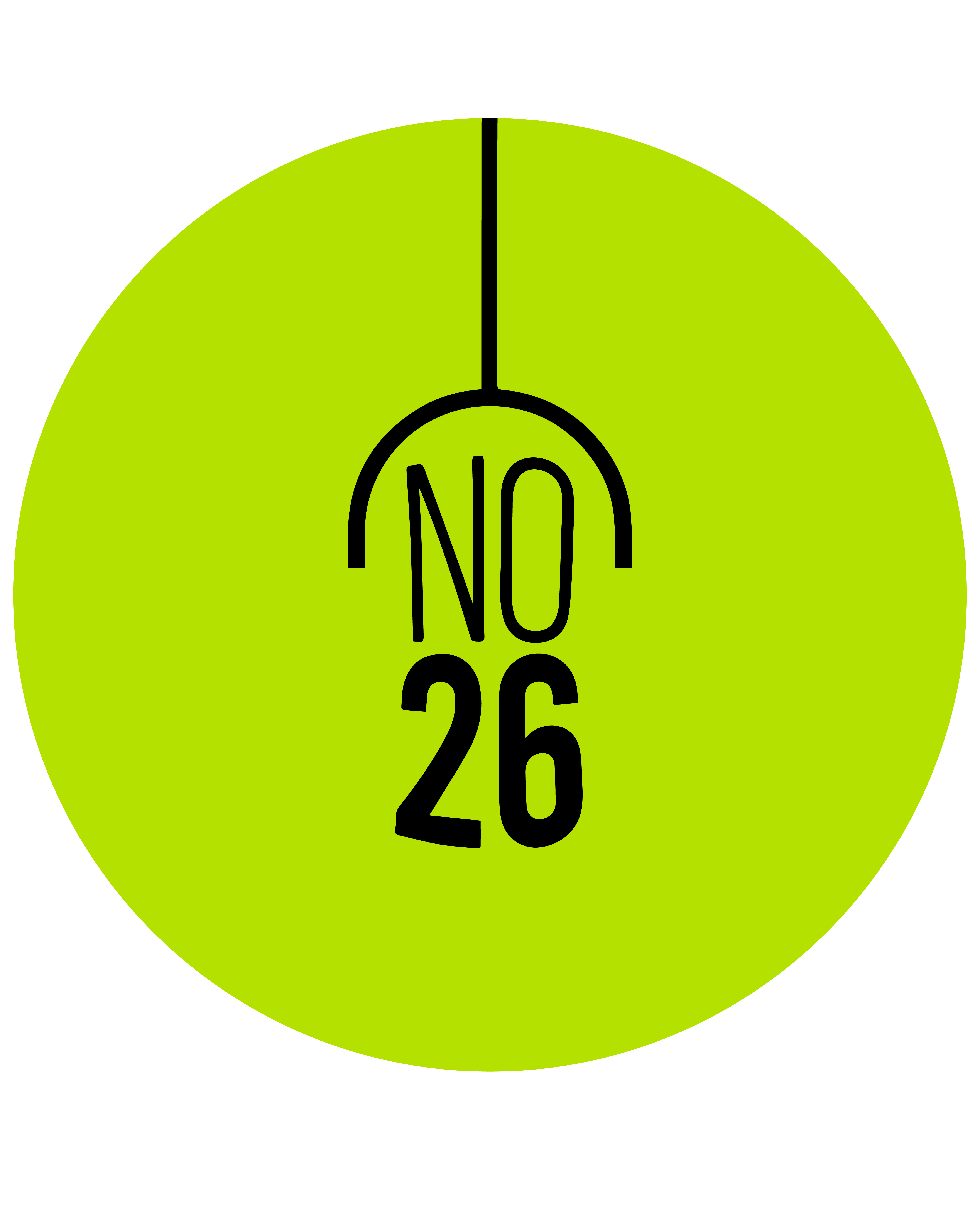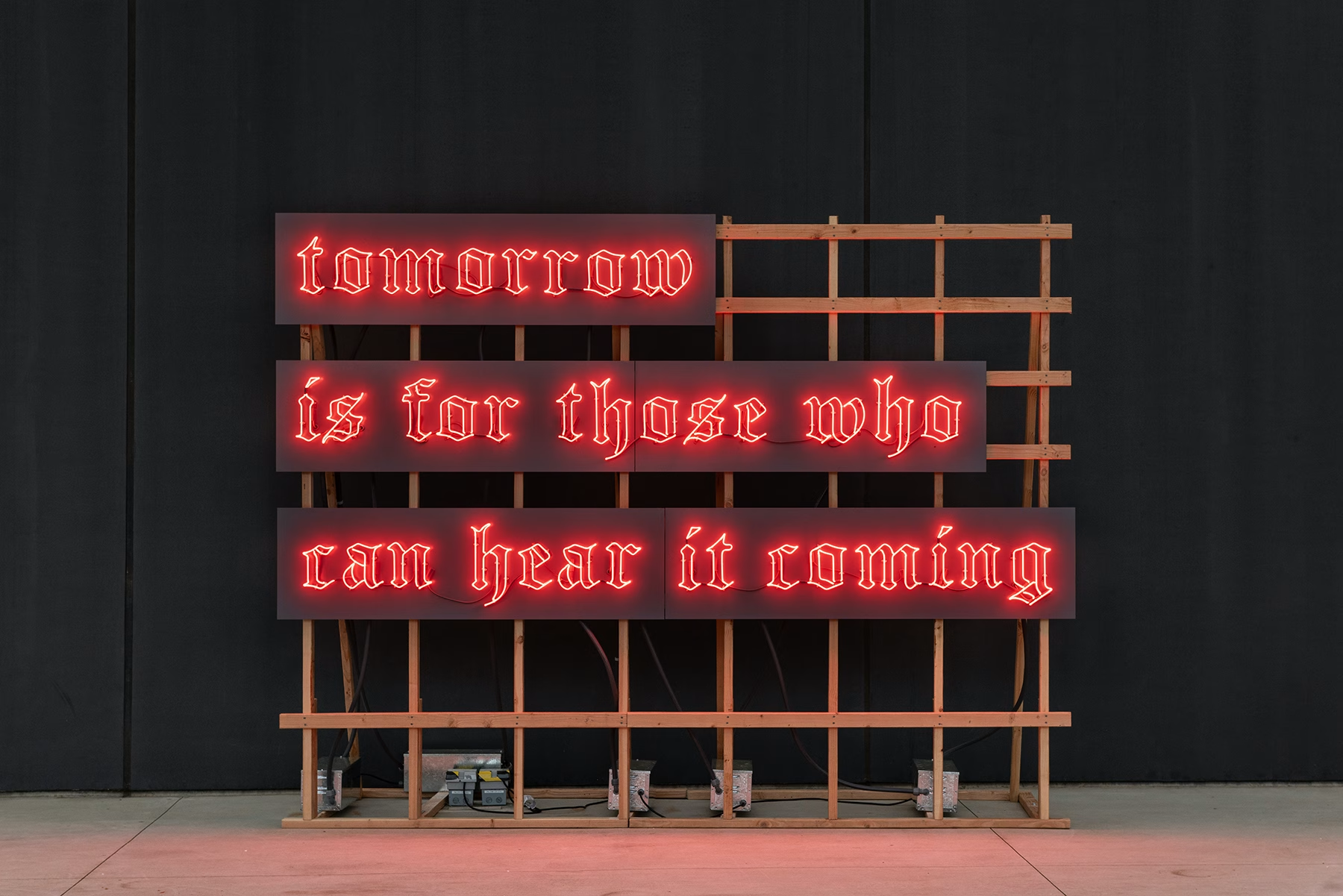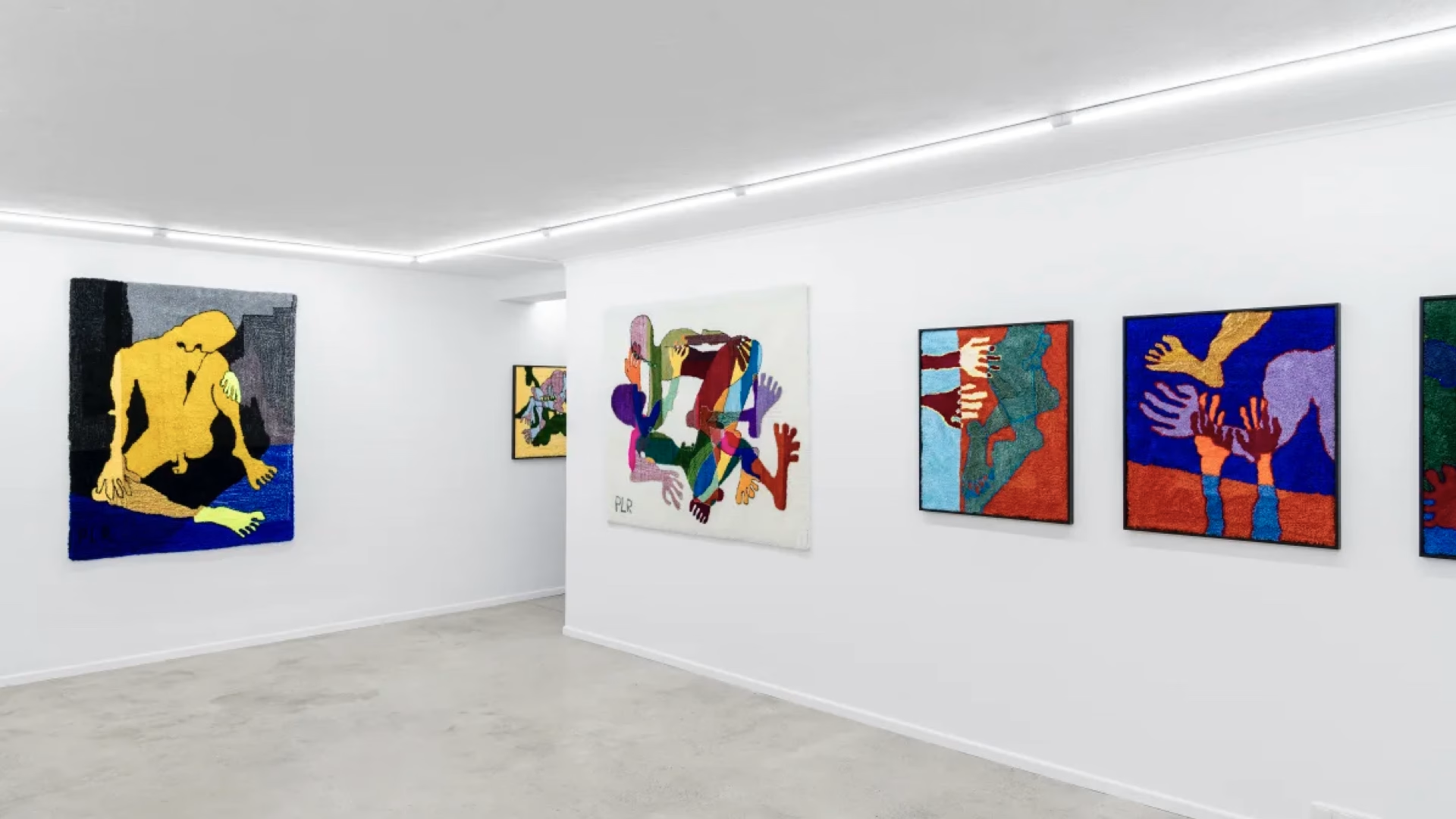Is a border merely a geographical line, or is it a political knife-edge that determines who gets a future? San Francisco-based artist Julio César Morales poses this question in his ongoing retrospective “OJO” at the Jan Shrem and Maria Manetti Shrem Museum of Art. Morales was born in Tijuana’s Zona Norte region on the U.S./Mexico border and spent the first ten years of his life in this complex geography. For over thirty years, his artistic practice has transformed the violent and contradictory realities of these “edge lands” into poetic forms through hybrid media like music, video, drawing, and installation.
The exhibition’s title, “OJO,” is a Spanish word that means both “eye” and a warning expression “watch out, beware!” This duality encapsulates the paradox at the heart of the show: A warning for those arriving, or for those already there? Morales discovered the word that names the exhibition in a hand-painted sign from a 1938 Dorothea Lange photograph, recreating the work as “OJO” Los Extranjeros (Foreigners, Beware!).


Neon Lights, Video, and Rewriting History
The exhibition’s climax unfolds through three powerful works in which Morales reimagines his 1982 film “The Border.” The artist takes on Hollywood’s first dramatization of the U.S.-Mexico border and shifts the story’s focus to the migrant’s perspective. In the video “The Border (Los Pollos vs. La Migra),” he pushes the original film’s main characters off-screen, allowing us to see the drama experienced by migrants up close. Another video, “We Don’t See,” overlays the conflicting inner dialogue of the artist’s friend and former Border Patrol agent Francisco Cantú in thick yellow letters over drone footage of the Sonoran Desert: “We don’t see their screams, we don’t see their conflicting emotions…” This is a powerful critique that exposes the invisible violence deliberately ignored by the media and the system.
Two standout neon works in the exhibition space emphasize the fluidity of time and geography. The neon piece “Las Lineas, 2028/2022/1845/1640” maps Mexico’s changing border history with four different lines. One line imagines a future after a U.S. civil war in which California and New Mexico become independent states with open southern borders. Another neon sign installed in the museum’s public space, referencing David Bowie’s famous slogan, reads “tomorrow is for those who can hear it coming.” This establishes the exhibition’s core question: In today’s social climate, whose hands hold the privilege of having a future?
Exhibition Summary
- Artist: Julio César Morales
- Exhibition Title: “OJO” Julio César Morales
- Venue: Jan Shrem and Maria Manetti Shrem Museum of Art, Davis, California
- Dates: On view until December 1, 2025.
- Curator: Rachel Teagle














